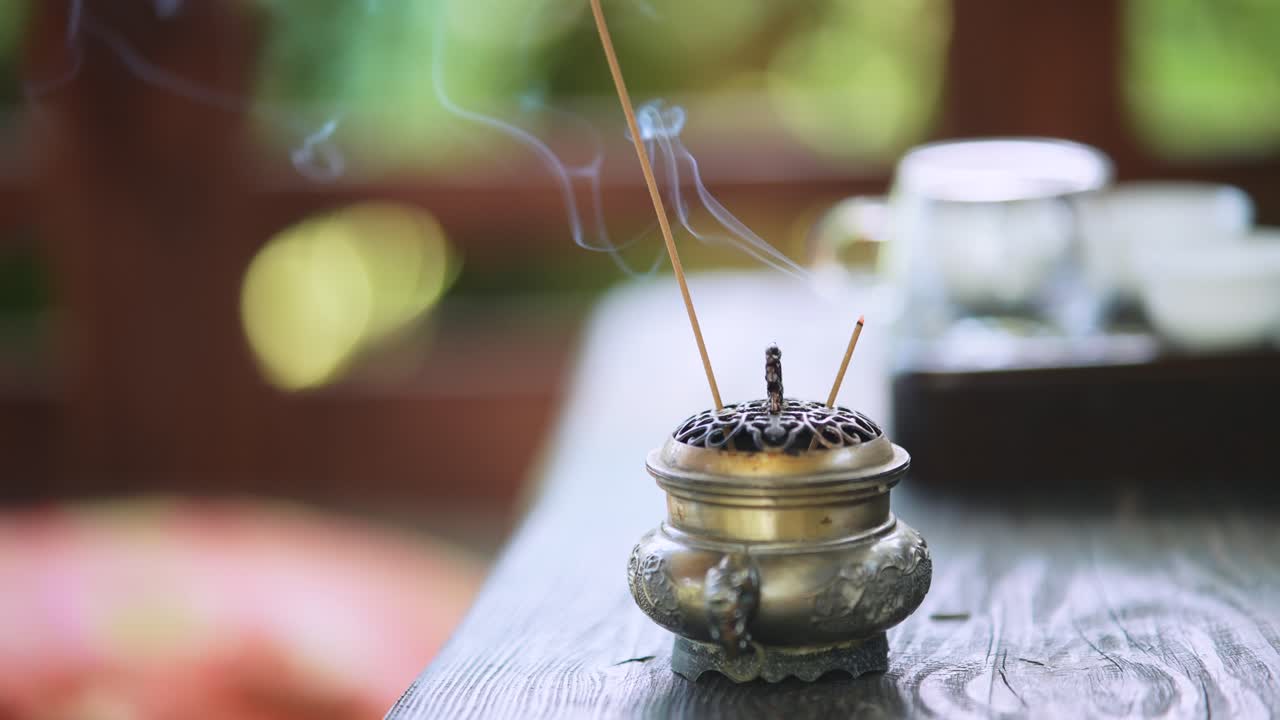Thousands of years of use have been realized by incense in the homes, temples and ceremonies. It makes the air full of relaxing smells that help one relax, concentrate, or pray. Although incense might look simple, a piece of wood that burns slowly, it is a blend of natural components that are properly combined. The ingredients have a unique contribution to the smell, burning, and perception of the incense. This article tells what is incense made of thoroughly.
The Basics of Incense
Incense is, in its fundamental forms, plant materials producing smoke of a pleasant fragrance upon burning. The essential components generally consist of an underlying substance, binder and volatile substances such as herbs, resins or essential oils. These natural compounds combine to produce a slow burn and a sweet smell. Incense can be of two categories: stick incense and loose incense. Stick incense, which is incised with the incense blend, has a wooden or bamboo core, and loose incense is smoked in a charcoal or special incense pot. No matter what its form, the principle is the same: the application of natural matter in order to produce calming fragrances.
Plant-Based Ingredients
Several mixtures of incense start with the powdery forms of plants, including wood, bark, or leaves. Sandalwood, cedarwood and agarwood are some common examples. The woods are also treasured because of their warm and earthy scent, with most incense recipes being based on it. The flowers and herbs are also added due to their distinctive scent. Freshness or sweetness is commonly added using lavender, rosemary, jasmine, and rose petals. They are dried and ground and then combined with the base. Other incense producers even employ roots, seeds, and grasses to produce deeper, more complicated smells.
Natural Resins and Gums
Other important ingredients in most forms of incense are resins. They are sap-sucking materials that have been used since ancient times and are used due to their robust long long-lasting scent. Some of the most famous natural resins include frankincense, myrrh and copal. Burned, they give off thick, rich smoke that has been used in meditation, prayer and spiritual practices. Gums such as gum Arabic or mako powder are natural binders. They assist in fixing the incense combination and regulate the naturalness of its burning rate. These binders are particularly significant in stick incidence, where the mixture must remain attached to the stick during burning.
Aromatic Additions and Essential Oils
Incense has the last scent layer added to it by essential oils. These forms of concentrated plant extracts are combined in low quantities to give every stick or cone its unique smell. Oils such as rose, ylang-ylang, or lotus will bring sweet, flowery aromas, and oils such as cinnamon, clove, or patchouli will bring warm, spicy fragrances. Incense is also sometimes combined with natural minerals or powder to change the color or texture. An example is charcoal powder, whereby burns well with the aid of clay or natural dyes that can alter its look.
Conclusion
Incense might appear to be rather plain; however, its charm is in the fact that it is a natural combination of substances. The woods, herbs, flowers, resins, and oils are all united to produce a product that links nature, scent, and tradition. Incense has remained a significant part of everyday practices and rest for many people worldwide. Its ingredients are reminiscent of the fact that nature provides all the things to make peace and balance in the air and the mind.

